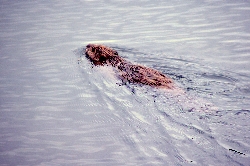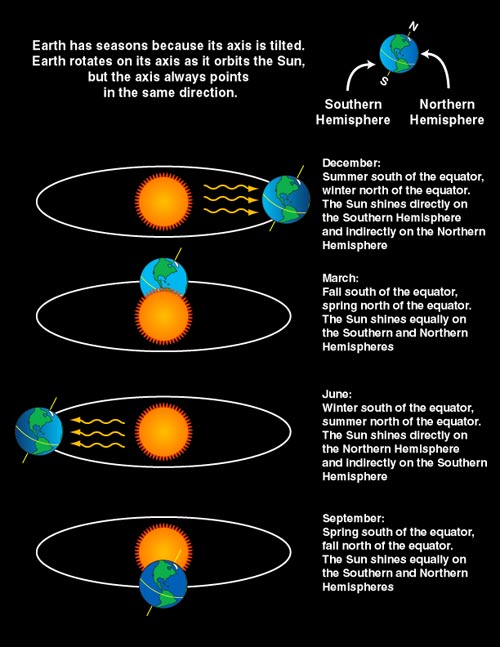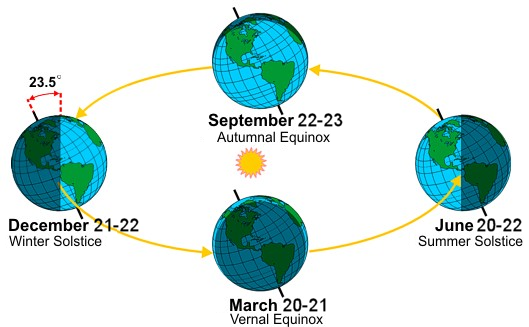
Courtesy NPS,
J Schmidt, Photographer
“What was that?” I asked
“I don’t know,” my friend answered
“I think it was an alligator,” I said
By then then creature had disappeared and we paddled on.
I found out later that tail slapping is a common beaver behavior. Its a warning shot before the beaver dives for cover.
Intrigued, I set out to learn more. It came as a surprise to me to find out that when a beaver builds a dam, it is actually building a home. Inside a sturdy wall of sticks, rocks and mud, the beavers build a living space above the water line. It’s dry – and its safe because it can only be entered by swimming through underwater tunnels. Not a problem for a beaver who can swim underwater for as long as 15 minutes.
When the surface of the pond freezes over, the females will give birth. Its an extended family life – an adult pair, the yearlings, and the new kits. When winter is long, and with so many mouths to feed, the beavers have perfected their food storage. Hauling their favorite food, aspen , back to the lodge, they jam it into the muddy bottom of the pond. There is stays, fresh and crisp like any refrigerated food, until its needed.
When fur trappers arrived in Northern Utah in the 1800’s, European hat makers had discovered that felted beaver wool made the very best hats. Bear Lake became a hot spot. The historical marker just north of Garden City tells us,
“Donald MacKenzie, Jim Bridger, and a host of famous beaver hunters operated here. Two major summer frolics and trade fairs brought plenty of excitement to Bear Lake in 1827 and 1828.”
Trappers were harvesting up to 500 lbs a year. But by 1840, the beavers had become almost extinct. European fashion in hats moved on to silk – a good thing for the hat makers as well because the mercury used in the felting of beaver wool caused all kinds of neurological disorders. Its no joke the Hatter in Alice in Wonderland is mad.
Back in northern Utah, the beaver population slowly rebuilt, but the human population also grew and conflicts arose. Recently a farmer in Benson became irate when beavers began to redirect the flow of water through his irrigation canals

Courtesy & © Mary Heers, Becky Yeager, Photographer
When I picked up one of the smaller beavers, I could feel its heart going a mile a minute under my fingers. But it settled down as I sat in a chair holding it against my chest while it got a quick physical checkup.
Holding the beaver close, I had a good look at the nibble fingers on its front feet, the webbing on its back feet that can paddle along at 6mph, and the marvelous flat tail, a good rudder for swimming, a prop for standing on land, and perfect for slapping the water’s surface.
Take my word for it, once you’ve seen this slap up close, you won’t forget it.
I’m Mary Heers and I’m Wild About Utah.
Credits:
Photos: Courtesy US NPS, Yellowstone Collection, J. Schmidt, Photographer
Photos: Courtesy & Copyright © Mary Heers
Featured Audio: Courtesy Friend Weller, Utah Public Radio
Text & Voice: Mary Heers
Additional Reading: Lyle Bingham, Webmaster
Additional Reading
Leavitt, Shauna, Beaver in Utah’s Desert Rivers, Wild About Utah, July 6, 2020, https://wildaboututah.org/beaver-in-utahs-desert-rivers/
Leavitt, Shauna, Proposed Beaver Holding Facility in Millville, Utah, Wild About Utah, September 3, 2018, https://wildaboututah.org/proposed-beaver-holding-facility-in-millville-utah/
Goodwin, Jim, Riparian Zones and a Critter Quiz, Wild About Utah, January 22, 2015, June 15, 2015, https://wildaboututah.org/riparian-zones-and-a-critter-quiz/
Strand, Holly, Beavers: The Original Army Corps of Engineers, Wild About Utah, April 29, 20-10, August 16, 2012, https://wildaboututah.org/beavers-the-original-army-corps-of-engineers/
Kervin, Linda, Huddling for Warmth, Wild About Utah, February 3, 2011, https://wildaboututah.org/huddling-for-warmth/
Beaver Monitoring App, Utah Water Watch, Extension, Utah State University, https://extension.usu.edu/utahwaterwatch/citizenscience/beavermonitoringapp/
Pollock, M.M., G.M. Lewallen, K. Woodruff, C.E. Jordan and J.M. Castro (Editors) 2018. The Beaver Restoration Guidebook: Working with Beaver to Restore Streams, Wetlands, and Floodplains. Version 2.01. United States Fish and Wildlife Service, Portland, Oregon. 189 pp. Online at: https://www.fws.gov/oregonfwo/ToolsForLandowners/RiverScience/Beaver.asp
also https://restoration.usu.edu/pdf/2018BRGv.2.01.pdf
Macfarlane W.W., Wheaton J.M., and M.L. Jensen. 2014. The Utah Beaver Restoration Assessment Tool: A Decision Support and Planning Tool. Ecogeomorphology and Topographic Analysis Lab, Utah State University, Prepared for Utah Division of Wildlife Resources, Logan, Utah, 135 pp. Available at: https://etalweb.joewheaton.org.s3-us-west-2.amazonaws.com/Downloads/BRAT/UTAH_BRAT_FinalReport.pdf
Wheaton JM. 2013. Scoping Study and Recommendations for an Adaptive Beaver Management Plan. Prepared for Park City
Municipal Corporation. Logan, Utah, 30 pp. https://etalweb.joewheaton.org.s3-us-west-2.amazonaws.com/Reports/Beaver_Management_Plan_Recc_Park_City_%20Report_FINAL.pdf
Beaver Reintroduction Looks Positive for Stream Restoration
in Northern Utah, Utah Forest News, USU Forestry Extension, Utah State University, Volume 18, Number 3, 2014, https://forestry.usu.edu/files/utah-forest-newsletter/utah-forest-newsletter-2014-3.pdf
Muffoletto, Mary-Ann, Dam Good! Beavers May Restore Imperiled Streams, Fish Populations, Today, Utah State University, July 07, 2016, https://www.usu.edu/today/story/dam-good-beavers-may-restore-imperiled-streams-fish-populations
Restoring Degraded Waters, One Pest at a Time, Utah State Magazine, Utah State University, December 7, 2021, https://utahstatemagazine.usu.edu/environment/restoring-degraded-waters-one-nuisance-at-a-time/




